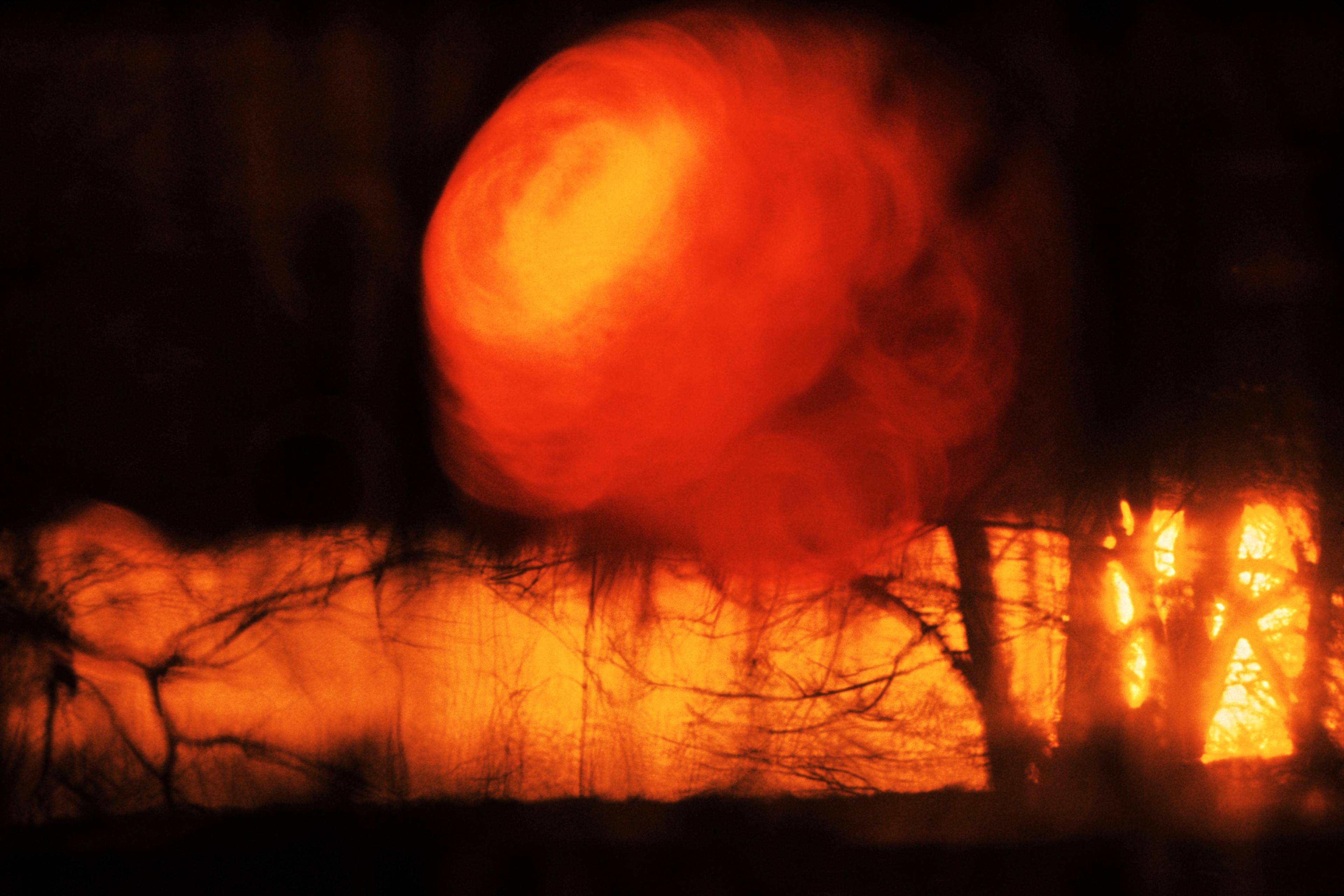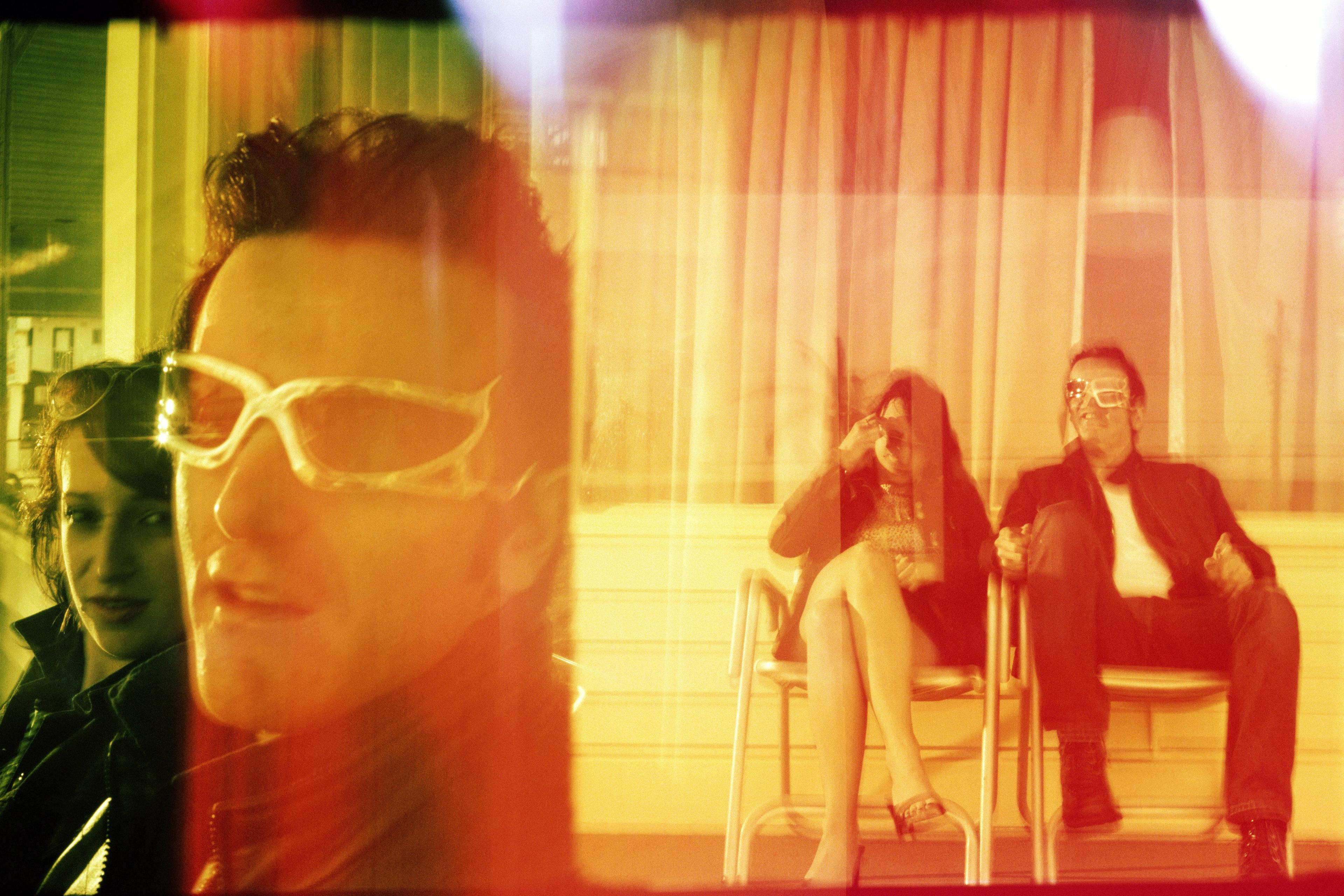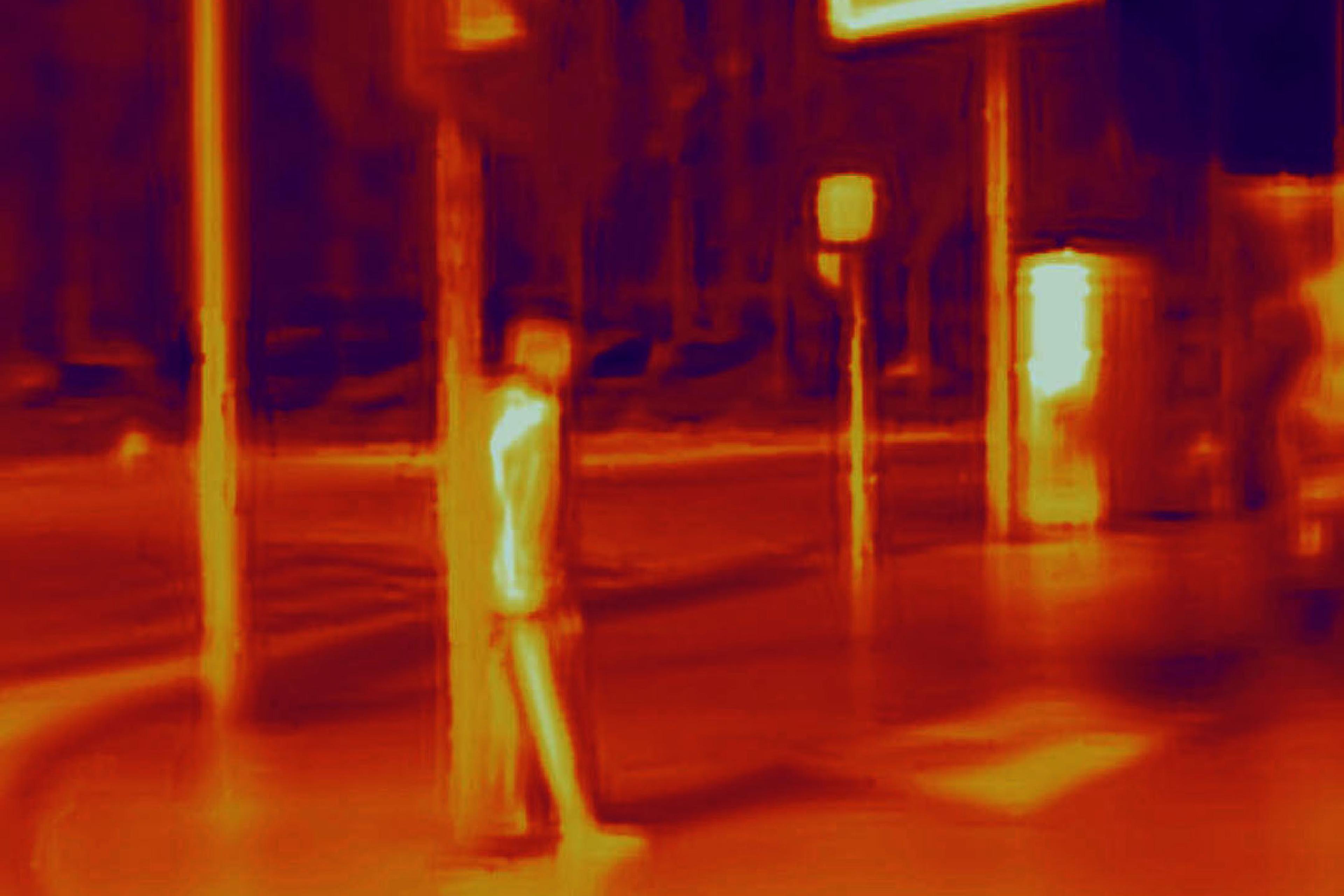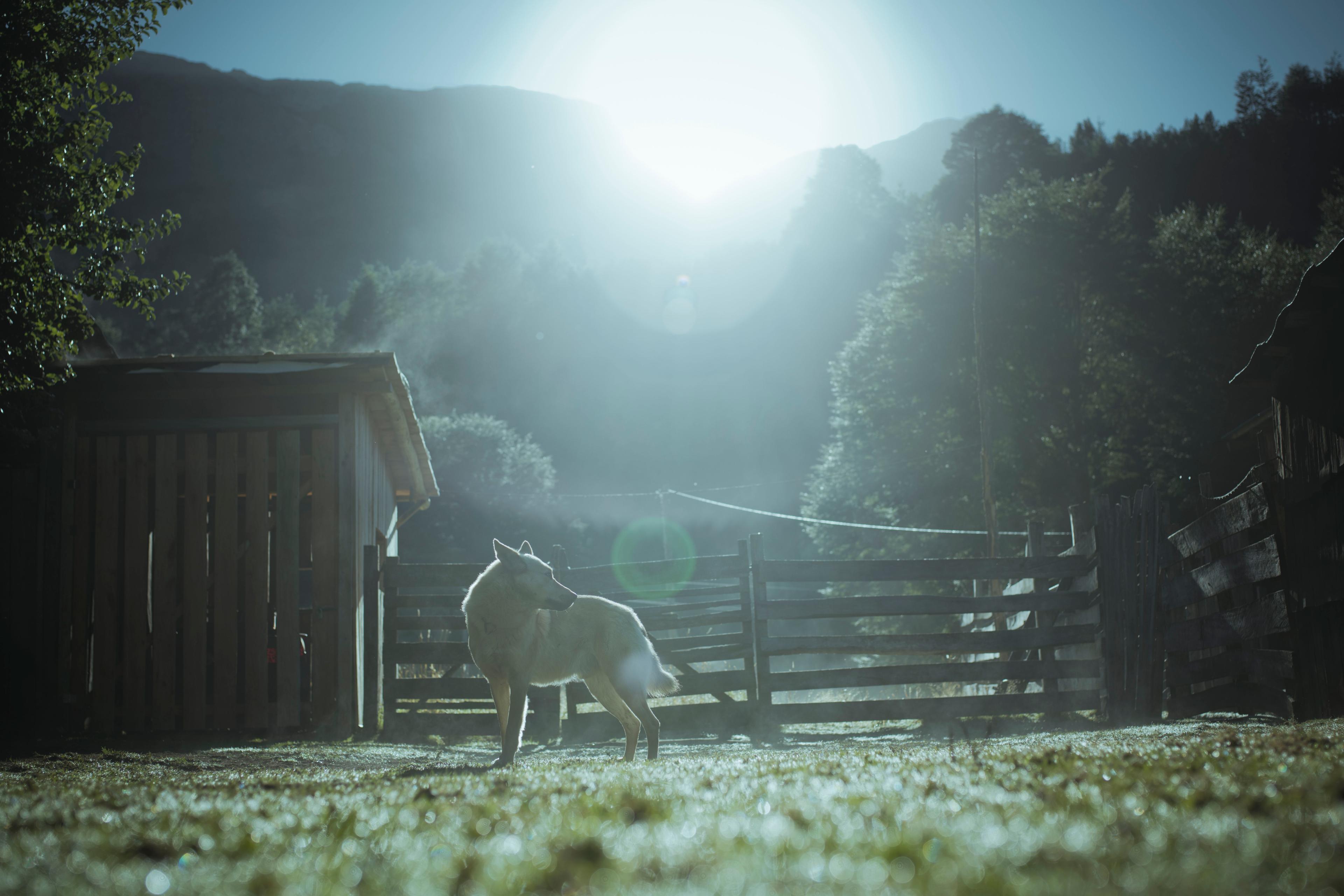[T]his feeling – a sense of wonder – is perfectly proper to a philosopher: philosophy has no other foundation, in fact.
– From Theaetetus by Plato
Something big is missing from the conversation about psychedelics. A few main topics tend to grab the headlines: potential psychedelic cures for psychiatric ailments, for instance, or the emerging evidence of longstanding ritual use of psychedelics worldwide, in such places as ancient Mesoamerica, Greece, central Africa and, in a recent discovery, Ptolemaic Egypt.
As exciting as developments in these areas are, many of us are drawn to psychedelics not because of their psychiatric potential (which may be overhyped) or their role in cultural traditions. We partake because psychedelics promise a novel firsthand experience unlikely to be gotten elsewhere. A little fun and adventure, perhaps. More deeply: we hope that they will provide momentary access to hidden aspects of the world and of ourselves. We are curious about what will happen to us, guided by these powerful drugs.
Psychedelics are commonly seen as an intense, weird and even chaotic diversion from everyday life. If you want a wild time, just put this acid tab under your tongue and hang onto your seat. But my study of these drugs, as someone who specialises in the philosophy of education, has convinced me that there are also pedagogical patterns in the way psychedelic experiences typically unfold. They have something to teach us – if we let them. When approached in a certain way, in fact, psychedelics can provide an educational enrichment with discernible characteristics; under optimal conditions, they can help us learn some pretty significant lessons.
The literal meaning of philosophy is ‘love of wisdom’. But in the manner of its patron saint, Socrates, it may be more accurate to conceive philosophy as the love of earned ignorance. Achieving this kind of ignorance means accepting that your conceptions of the world will always be at least partly inadequate. Socrates emphasises that an awareness of one’s own ignorance – knowing that one does not know – is not a barrier to learning but is, in fact, its precondition. The conceit to knowledge is usually the true pedagogical obstacle; the know-it-all is unmotivated.
Interestingly, in Plato’s Meno, Socrates is likened to a kind of electric stingray (narkē) who, through interrogatory dialogue, induces the necessary state of ‘perplexity’ (aporia) in himself and others by making them all ‘numb’ (narkan – as in ‘narcotic’) and therefore ready to learn. A main initial goal of the Socratic method is thus to reinstil the motivating force of curiosity by removing the learner’s pre-existing conceits. As portrayed in Plato’s dialogues, Socrates accomplishes this task through the persistent, clever – and, yes, often annoying – questioning of the underlying bases of his interlocutors’ beliefs. When it concerns matters of importance, this belief-removal process is likely to be difficult and unsettling. Socrates saw this epistemic demolition as his life’s work and divine mission.
Once, on mushrooms, I perceived a bee going clover to clover in the backyard
Absent a friendly neighbourhood Socrates, how might one deliberately go about removing the constraining weight of those pre-existing conceits? There is a chemical aid for precisely that – one that can reliably induce a powerful sense of wonder that very often results in a questioning of received reality and conventional wisdom. I refer, of course, to the ‘classic psychedelics’, the most influential psychedelic compounds of the past century or so: most notably, LSD, psilocybin (mushrooms), mescaline and the different forms of DMT, such as ayahuasca. If the conditions are right, even a moderate dose of a classic psychedelic is perceptually and somatically jarring enough to make the mysteriousness of the world feel real and urgent.
With their uncanny ability to disrupt our ordinary modes of perception and thinking, psychedelics have long been associated with feelings of insight. All of a sudden, one’s visual field might start to appear wavy, and static objects like the wall might start to look like they are rippling or ‘breathing’. Colours, too, may seem more vibrant. It is very easy to become absorbed in what would usually go unnoticed, ‘little things’ that suddenly become monumentally important. Once, on mushrooms, I perceived a bee going clover to clover in the backyard. Then I noticed another bee. Then another. Eventually, I had a flash of awareness of all the bees in the backyard simultaneously, moving together as a unit, achieving their mission together as if they were merely component parts of a larger and more encompassing whole – which, of course, they were. Never before had I felt such a thing so immediately.
Such immersive revelations are not limited to the visual. Music may resonate in an unusual and impactful way. One’s sense of time may become distorted – felt to be elongated, compacted or both. Even more profoundly, the boundaries between self and world often seem to dissolve. In the uncanny world of psychedelic experiences such as the DMT ‘breakthrough’ state, matters can get even weirder than this.
One of the most powerful cumulative effects of these disruptions is what I call ‘epistemic loosening’. Epistemic loosening is, in its essence, a quasi-Socratic, temporary destabilisation of deeply held beliefs and assumptions – that is, one’s priors. One might think of this as an unbuckling of the mind that allows for a more flexible and ultimately more expansive engagement with reality. Like Socratic questioning, this ideational expansiveness is inherently philosophical.
Thinkers have grappled with the limitations of the sensorium from the earliest days of philosophical inquiry. Pre-Socratic philosophers were driven by a nagging nonacceptance of the accuracy and completeness of sensory ephemera in general. They sought a deeper reality beneath the veil of appearances. There was a tendency, for example, to try to locate some elemental essence like water (as did Thales), fire (Empedocles) or flux itself (Heraclitus). In order to start speculating about the ‘really real’, the motivating epistemological dissatisfactions must first be felt. Epistemic loosening accomplishes just this. By ‘weirding’ one’s normal sensory and cognitive processes, psychedelics make it possible to process the world in novel and unexpected ways. Most importantly, they can recreate the basic realisation that how the world ‘really is’ is likely quite different from how it is perceived, thus effecting an ontological breach that is highly serviceable for an influx of profound novelties.
This can be disorienting. But it can also temporarily free us from the everyday tyranny of the senses. New possibilities are opened as the inner know-it-all is disabled and one is rendered ready to learn à la Socrates. While one is usually quite preoccupied with the trip episode itself, an afterglow typically follows. This might be thought of as an open window of mental malleability, during which whatever novelties have been encountered might be integrated into one’s existing belief system. This could take place in the immediate hours after coming down from the drug, but perhaps also in the following days or even months (sometimes years) afterwards, if the event was vivid and memorable enough.
Devoted Christians are quite likely to feel the presence of God or see Jesus
As with the Socratic method’s destructive preliminary phase, epistemic loosening here is a beginning state, a gateway to a kind of deeper learning that is not guaranteed, but possible. The loosening is hard to defend as an end in itself because the dampening of priors could be either salutary or harmful to a given individual, depending on how the event resolves itself. Becoming untethered from the familiar can be either thrilling or terrifying – and perhaps a bit of both – depending on the specifics of a person’s (mind)set and setting in the moment. But say epistemic loosening has, in fact, rendered one ready to learn. One wants more than merely to be ready for a journey. One wants to go somewhere.
So where might one go? In Deeper Learning with Psychedelics (2024), I outline how the psychedelic lesson plan, as it were, seems to proceed. According to my analysis, a key next stage in psychedelic learning is ‘hypertrophic identification’. This refers to the tendency, typically with higher doses, to feel that one has identified with or ‘become’ – in the sense of feeling an intense oneness with – some larger and more encompassing whole, eg: Humanity, God, Nature, the Cosmos, etc. The precise form of this identification will depend on the details of how a subject is situated. Analysing this situatedness involves an expanded concept of the old mantra ‘set and setting’ that I call ‘psychedelic envelopment’. One’s priors make all the difference: devoted Christians are quite likely to feel the presence of God or see Jesus, Indigenous Amazonians are going to identify with beliefs and phenomena consistent with their own traditions, and so on.
Then, with the conscious follow-through of post-trip integration, all this can lead to a ‘doxastic enhancement’, possibly a lasting one, in which a person is able to make sense of their extraordinary experience within the context of their existing belief structures. It comes to mean something intimate and specific in one’s life, becoming an educational experience that matters in terms of one’s self-image and place in the scheme of things. ‘Integration’ is a huge buzzword among psychedelics enthusiasts, and rightly so. For the term signifies an imperative to do something with whatever insights emerge, in many cases, to preserve them and develop along with them, rather than let them fade from memory. Without active integration, these experiences will likely recede into vagueness, a dimly recalled ‘weird thing I did way back when’.
There is great wisdom, in this regard, within contemporary Indigenous cultures, which contain vast repositories of knowledge about the integration of psychedelic experiences. Far from being used for ‘tuning in and dropping out’, psychedelics are typically a source for cultural renewal and the maintenance of intersubjective bonds. Psychedelics are, however, a universal cultural inheritance. They are also well represented in Western traditions such as the Eleusinian Mysteries, an important ceremony that endured among the ancient Greeks for more than 1,000 years.
I think there is potential for a kind of ‘psychedelic revivalism’ that might help to restore what has, on a grand scale, been lost to modernity. For example, psychedelics-inflected religious movements are emerging in the West. Not only are there longstanding Indigenous ayahuasca and mescaline churches, but there are also mainstream Baptist and Jewish congregations incorporating psychedelics into their observance. The idea here is to revive latent belief systems whose potency has faded. With the right fuel, even the smallest of dying embers can be reignited.
There can be an enlivening effect, an experiential reanimation of one’s sense of the world
Psychedelic learning is not the type where an input of empirical information provides one with new factual knowledge. Psychedelics are not going to teach you the Krebs cycle or how to pick investment strategies. They might, however, facilitate inspiration, or the reframing of a problem. They can help one obtain insight regarding one’s (implicit and explicit) priors: noticing what one previously took for granted; perceiving new patterns, priorities, and deep connections to environing processes; in short, producing valuable rearrangements of what one already ‘has’. Among the infinite possibilities, psychedelic experiences might catalyse such transitions as: a weak, general intellectual sense that ‘I am part of nature’ to a more occurrent, emotive state that exercises motivational force in one’s life; a vague and nostalgic yearning for one’s religious upbringing to a robustly devotional stance where one actually starts feeling the conviction; a shallow and occasional appreciation for a certain piece or genre of art into a far deeper and more passionate engagement; et cetera.
At their most pedagogically durable, psychedelics can stimulate changes having to do with the intensity of what one takes to be meaningful and purpose-yielding in life. There can be an enlivening effect, an experiential reanimation of one’s sense of the world. In this way, they can function as worldview accelerants – the difference between, say, going through a prayer by rote versus feeling it intimately and seeing it as integral to one’s life as a whole. The deepest learning with psychedelics may lie in their potential to help re-enchant our modern, deadened world and play an important role in repairing what seems to have been broken within so many of us.








